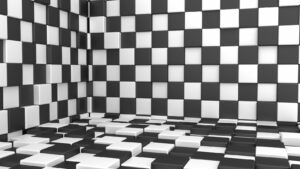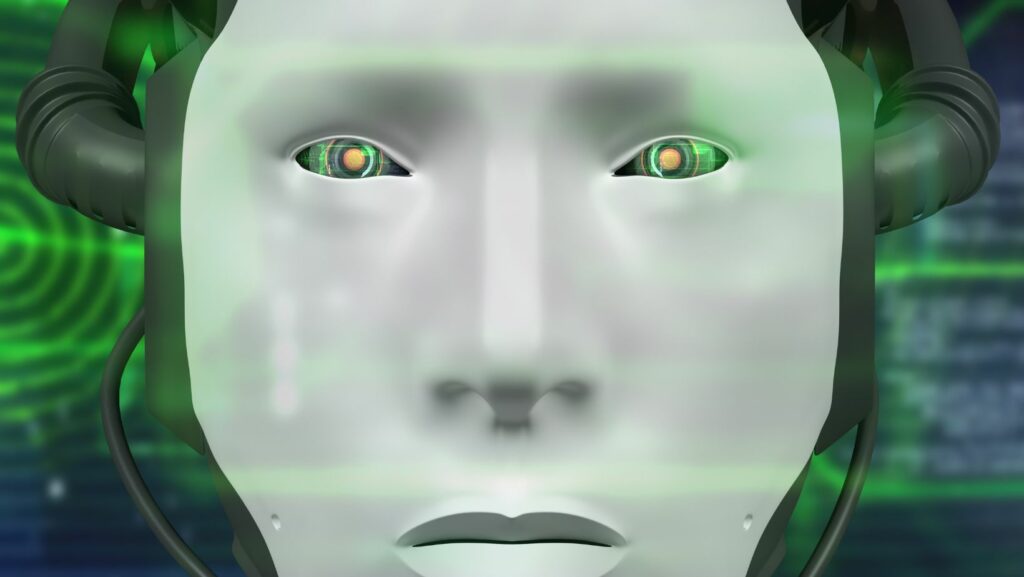3D Modeling and Rendering
 In the ever-evolving world of digital design, 3D modeling and rendering have become indispensable tools for artists, architects, and engineers alike. These techniques transform simple sketches into lifelike visualizations, making it easier to conceptualize complex structures and bring creative visions to life. Whether it’s for video games, movies, or architectural blueprints, 3D modeling and rendering push the boundaries of what’s possible.
In the ever-evolving world of digital design, 3D modeling and rendering have become indispensable tools for artists, architects, and engineers alike. These techniques transform simple sketches into lifelike visualizations, making it easier to conceptualize complex structures and bring creative visions to life. Whether it’s for video games, movies, or architectural blueprints, 3D modeling and rendering push the boundaries of what’s possible.
Advancements in software and hardware have made these processes more accessible and efficient than ever before. From creating intricate character designs to visualizing detailed building interiors, the applications are virtually limitless. As technology continues to advance, the demand for skilled 3D modelers and renderers only grows, opening up exciting career opportunities in various industries.
Overview Of 3D Modeling And Rendering
3D modeling involves creating a mathematical representation of a three-dimensional object. Professionals use specialized software like Blender, Maya, and 3ds Max to build various structures. Each model comprises vertices, edges, and faces, forming a mesh.
Rendering converts 3D models into 2D images with realistic lighting and textures. Renderers like V-Ray, Arnold, and KeyShot simulate  environmental factors, add shadows, and produce photorealistic visuals. This process enhances digital artworks and architectural designs, giving clients a clear picture of the final product.
environmental factors, add shadows, and produce photorealistic visuals. This process enhances digital artworks and architectural designs, giving clients a clear picture of the final product.
High-performance computers make complex rendering possible by boosting processing speeds. These advancements support intricate details in models, making them more lifelike. The growing capabilities of GPUs (Graphics Processing Units) play a crucial role in this development.
Industries like video games and movies benefit significantly from 3D modeling and rendering. Game developers, for instance, can create immersive environments and detailed characters. In film-making, 3D rendering enables stunning visual effects (VFX), transforming fictional scenes into believable realities.
Architectural firms also leverage 3D modeling and rendering for presenting detailed building plans. By visualizing structures before construction, architects and clients can iterate designs, saving time and resources. This technology ensures precision and aids in project approvals.
Besides entertainment and architecture, 3D modeling and rendering find applications in medical imaging, virtual reality (VR), and product design. Medical professionals use 3D models to plan surgeries and visualize anatomical structures. VR developers create interactive experiences, and product designers prototype consumer goods with high accuracy.
Continuous evolution in 3D software broadens the scope of its applications. As tools become more intuitive, even users without extensive training can create complex models. This democratization of 3D modeling and rendering accelerates innovation and pushes boundaries in digital design.
Key Features Of 3D Modeling Software
3D modeling software offers essential tools and functionalities, enhancing creativity and efficiency in digital design. Key features include interface usability, modeling tools, and texturing capabilities.
Interface And Usability
The interface of 3D modeling software significantly impacts user experience and productivity. Programs like Blender and Maya offer customizable interfaces tailored to user preferences and workflows. Intuitive design reduces the learning curve for beginners. Efficient layouts and shortcut keys speed up modeling tasks. Responsive interfaces also ensure smooth navigation and real-time updates.
Modeling Tools And Options
Advanced modeling tools provide flexibility and precision in creating complex 3D objects. Blender, 3ds Max, and Maya include sculpting, extrusion, and Boolean operations for detailed shapes. Parametric modeling allows for easy adjustments and iteration. Symmetry tools enable consistent design elements. Live previews ensure accurate representation, which is crucial for intricate designs.
Texturing And Materials
Effective texturing and material options bring 3D models to life. Software such as Substance Painter and Blender includes procedural  textures and UV mapping features. Material libraries contain pre-defined textures to speed up the design process. Custom shaders add realism with detailed lighting and texture effects. Real-time rendering previews help verify the final appearance before production.
textures and UV mapping features. Material libraries contain pre-defined textures to speed up the design process. Custom shaders add realism with detailed lighting and texture effects. Real-time rendering previews help verify the final appearance before production.
3D modeling and rendering have become indispensable tools in digital design, offering unparalleled creative possibilities across various industries. With advancements in technology and software, these processes are more accessible than ever, opening new career paths and opportunities.Whether for film, gaming, architecture, or other fields, the ability to create realistic and intricate visuals enhances both the design process and final outcomes. As the industry continues to evolve, staying updated with the latest tools and techniques will be crucial for professionals and beginners alike. Embracing these technologies can lead to groundbreaking innovations and stunning visual achievements.

